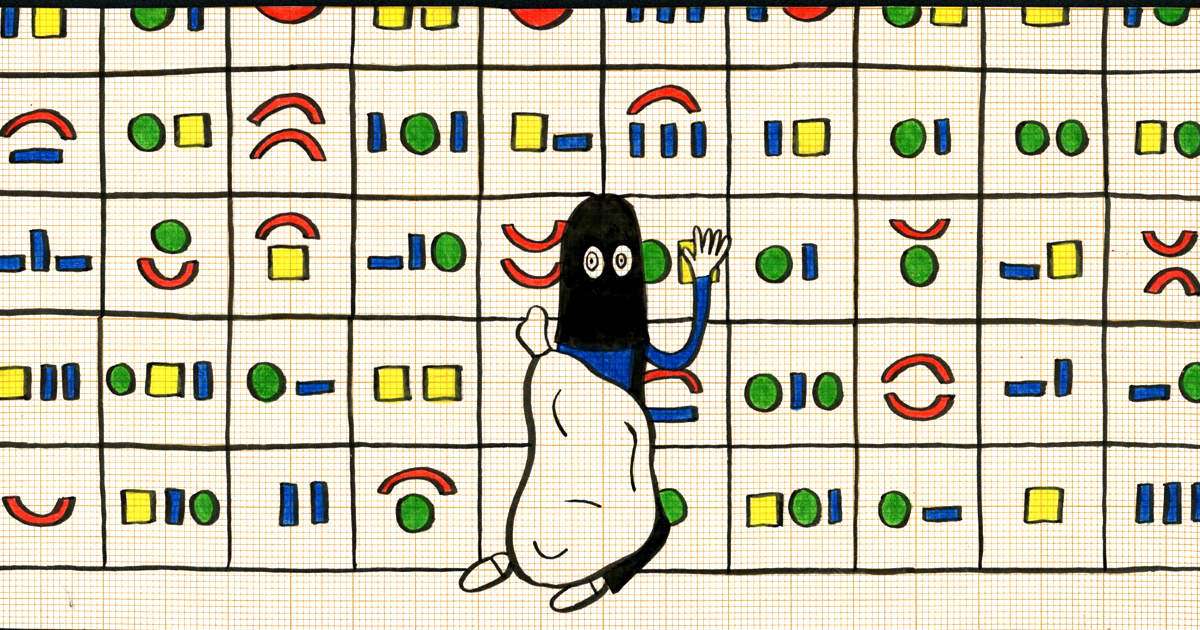Cette publication est également disponible en :
Français
We recently announced the launch of a partnership between GDR O3 and Nez. It gives us the perfect opportunity to offer you a regular round-up of the studies resulting from the work undertaken by the research group and its team of scientists from every field with a common focus: odour in all its forms.
The idea? Nez reads the scientific publications, and offers you a simpler, more accessible but still precise version.
Today, let’s take a geek’s journey to the heart of olfactory receptors, sources of unexpected hope, with Jérémie Topin, Assistant professor at Université Côte d’Azur, and Matej Hladis, PhD student, both members of GDR O3.
Olfactory perception is a complex process triggered when volatile molecules enter into contact with our olfactory epithelium. This contains sensory neurons with proteins specialised in recognising odorous substances: olfactory receptors. Their role is to convert chemical signals sent by odour molecules into nerve signals which are then interpreted by our brain as odours.
Each odorous molecule is recognised by a specific group of olfactory receptors, and each receptor can recognise several molecules, creating a “combinatorial odour code.” This theory was developed by Linda B. Buck and Richard Axel, who won a Nobel Prize in 2004. The sophisticated process based on the identification of molecules by a subset of olfactory receptors would allow us to perceive over a trillion odours. However, the recognition spectrum of 43% of olfactory receptors remains unknown and the complete combinatorial code has only been determined for a handful of odorants.
A team from the Institut de Chimie de Nice (Université Côte d’Azur) recently made a major breakthrough by using artificial intelligence to decipher the combinatorial code of odours. They built a vast open access[1]M2OR: M. Lalis, M. Hladiš, et. al. A Database of Olfactory Receptor-Odorant Pairs for Understanding the Molecular Mechanisms of Olfaction, Nucleic Acid Research, accepted. database called M2OR by compiling the results of odorant and receptor pairings from scientific publications over the past 25 years, totalling 51,410 pairs.[2]https://m2or.chemsensim.fr/ ; Maxence Lalis, Matej Hladiš, Samar Abi Khalil, Loïc Briand, Sébastien Fiorucci, Jérémie Topin, M2OR: a database of olfactory receptor–odorant pairs for … Continue reading Using an artificial intelligence model based on graphical neural networks (computer models based on the functioning of biological neurons, designed to solve complex problems and used in deep learning, a branch of machine learning), the team succeeded in predicting the combinatorial codes of all 400 olfactory receptors for the 6,000 known odour molecules. The results of this study have been published in the annual journal: International Conference on Learning Representations. Although the model is still under development, it has demonstrated performance equivalent to that of functional laboratory tests.
As well as providing a better understanding of how the sense of smell works, these results could also have applications in pharmacology. So-called olfactory receptors do more than just perceive odours: they are found in other parts of the body (such as the skin, lungs and sperm), play a role in regulating various metabolic functions, and are also detected in cancer cells. A better understanding of how they work could make them effective drug targets.
- Contacts: Jéré[email protected] ; [email protected]
- More about GDR O3 on its website: https://www.gdr-o3.cnrs.fr/
Main visual: © Adèle Chévara
Notes
| ↑1 | M2OR: M. Lalis, M. Hladiš, et. al. A Database of Olfactory Receptor-Odorant Pairs for Understanding the Molecular Mechanisms of Olfaction, Nucleic Acid Research, accepted. |
|---|---|
| ↑2 | https://m2or.chemsensim.fr/ ; Maxence Lalis, Matej Hladiš, Samar Abi Khalil, Loïc Briand, Sébastien Fiorucci, Jérémie Topin, M2OR: a database of olfactory receptor–odorant pairs for understanding the molecular mechanisms of olfaction, Nucleic Acids Research, 2023; https://doi.org/10.1093/nar/gkad886 |








Comments